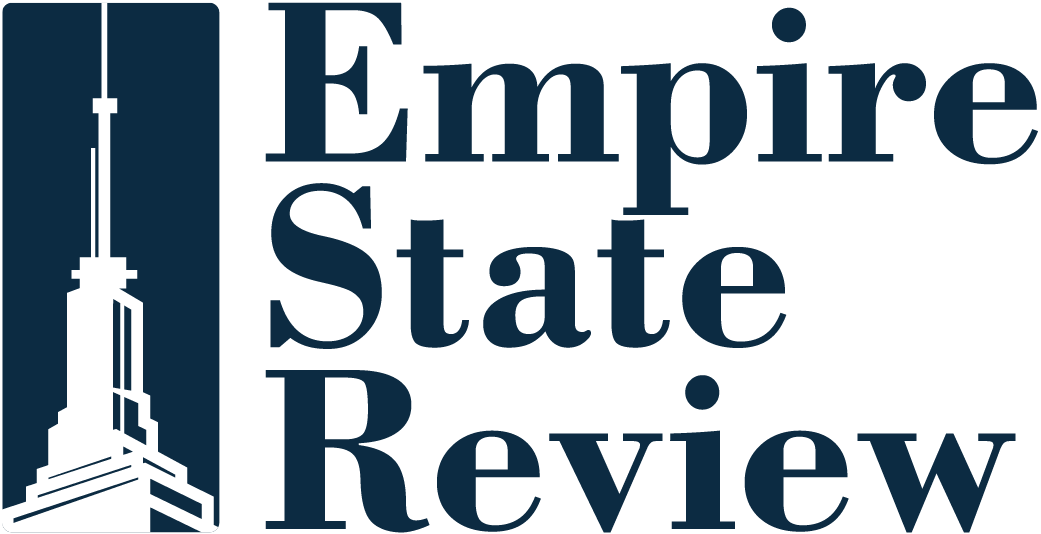On July 14, two major medical conferences launched simultaneously across the United States, setting the stage for significant advancements in obesity treatment and diagnostic imaging. In Boston, the third Obesity & Weight Loss Drug Development Summit convened pharmaceutical researchers, biotech leaders, and regulatory experts to accelerate innovations in weight loss therapies. Meanwhile, in Lahaina on Maui, the Summer Imaging Update (also called Imaging Update) kicked off a four-day event highlighting the latest in diagnostic radiology and imaging artificial intelligence (AI), aimed at refining clinical visualizations and improving patient care.
The Obesity & Weight Loss Drug Development Summit, held July 14–16 at the Hilton Boston Back Bay, drew over 70 obesity scientists, R&D professionals, and industry stakeholders. Organized by Hanson Wade, the summit examined novel therapeutic targets and the burgeoning field of GLP‑1 combination therapies—drugs designed to maximize efficacy while minimizing side effects. Attendees included representatives from major pharmaceutical companies like Eli Lilly, Novo Nordisk, and Boehringer Ingelheim, along with emerging biotech firms such as Altimmune, High Tide Therapeutics, and iBio.
This year’s agenda emphasized three strategic pillars: identifying novel molecular targets, optimizing safety and tolerability, and personalizing treatments. A notable session, “Harnessing Novel Targets & GLP Combination Therapies,” spotlighted cutting-edge approaches aimed at preserving muscle mass during weight loss, a challenge highlighted by the Lancet Commission’s recent recommendations. Spearheading insights were industry leaders such as Charlie Harris of Eli Lilly, Jill Kompa from Novartis, and John Suschak of Altimmune, underscoring how established and emerging voices are converging to address obesity’s complex landscape.
“The future of weight loss treatment is being written now,” the event’s promotional materials proclaimed, reflecting the urgency felt by participants tackling a global epidemic affecting more than a billion individuals worldwide . Panel discussions examined pipeline innovations, including Lilly’s development of orforglipron—a promising oral GLP‑1 agonist—and novel modalities such as Regeneron’s GPR75 modulators and mitochondrial-targeted therapies.
Over on Maui, the Summer Imaging Update—hosted July 14–17 at The Ritz-Carlton, Kapalua—offered a deep dive into diagnostic radiology’s rapidly evolving terrain. Directed by CME Science, the conference drew radiologists, technologists, and AI specialists to explore evidence-based imaging protocols and next-generation technologies.
Core sessions included updates on CT, MRI, ultrasound, and specialized applications such as musculoskeletal and breast imaging. Highlights encompassed focused lectures on “MRI of the Knee Update,” “Image‑Guided MSK Injections,” and “Multiomics for Radiologists,” signaling a shift toward combining genetic, proteomic, and imaging data to enhance diagnostic accuracy. Participants also received CME credit, with the in‑person sessions available live and via broadcast to registered attendees.
A key theme of the imaging event involved the integration of AI into routine clinical workflows—enabling radiologists to detect subtle abnormalities, facilitate quantitative analyses, and reduce interpretation errors. This reflects a broader trend in medicine toward AI‑driven diagnostics that are both intelligent and accessible.
Beyond technical sessions, the Maui venue offered ample networking opportunities, with attendees soaking in the island’s scenic backdrop, sharing best practices, and discussing strategies to implement advanced imaging protocols in diverse healthcare settings.
Taken together, the dual summits underscore the dynamic pace of innovation in U.S. healthcare. The Obesity Summit responds to an urgent need: obesity remains a leading driver of chronic diseases such as diabetes and cardiovascular disorder. By fostering collaboration between pharma giants and emerging developers, the conference aims to push candidate drugs from lab to clinic more swiftly and safely.
Conversely, the Summer Imaging Update addresses the indispensable role of medical imaging in diagnosis and monitoring across nearly every specialty. As cancer, musculoskeletal injury, and neurological conditions continue to demand precision, radiologists are adapting to technologies that promise sharper, smarter, and faster insights.
While addressing different facets of healthcare, both conferences share common goals: enhancing patient outcomes through rigorous science, cross-sector collaboration, and continued education. Together, they reflect a healthcare landscape increasingly defined by converging technologies and interdisciplinary solutions.
As these summits progress through mid‑July, attendees are expected to return with actionable insights: from designing the next generation of metabolic drugs to integrating AI into everyday radiology practice. Moreover, conversations seeded in Boston and Maui are likely to ripple across research laboratories, drug pipelines, and hospital systems nationwide—shaping the future of obesity treatment and precision diagnostics.

